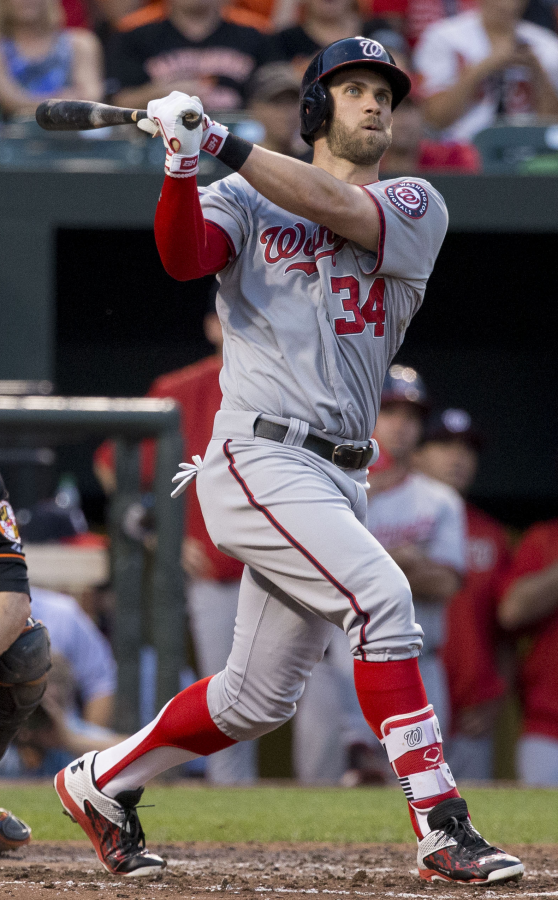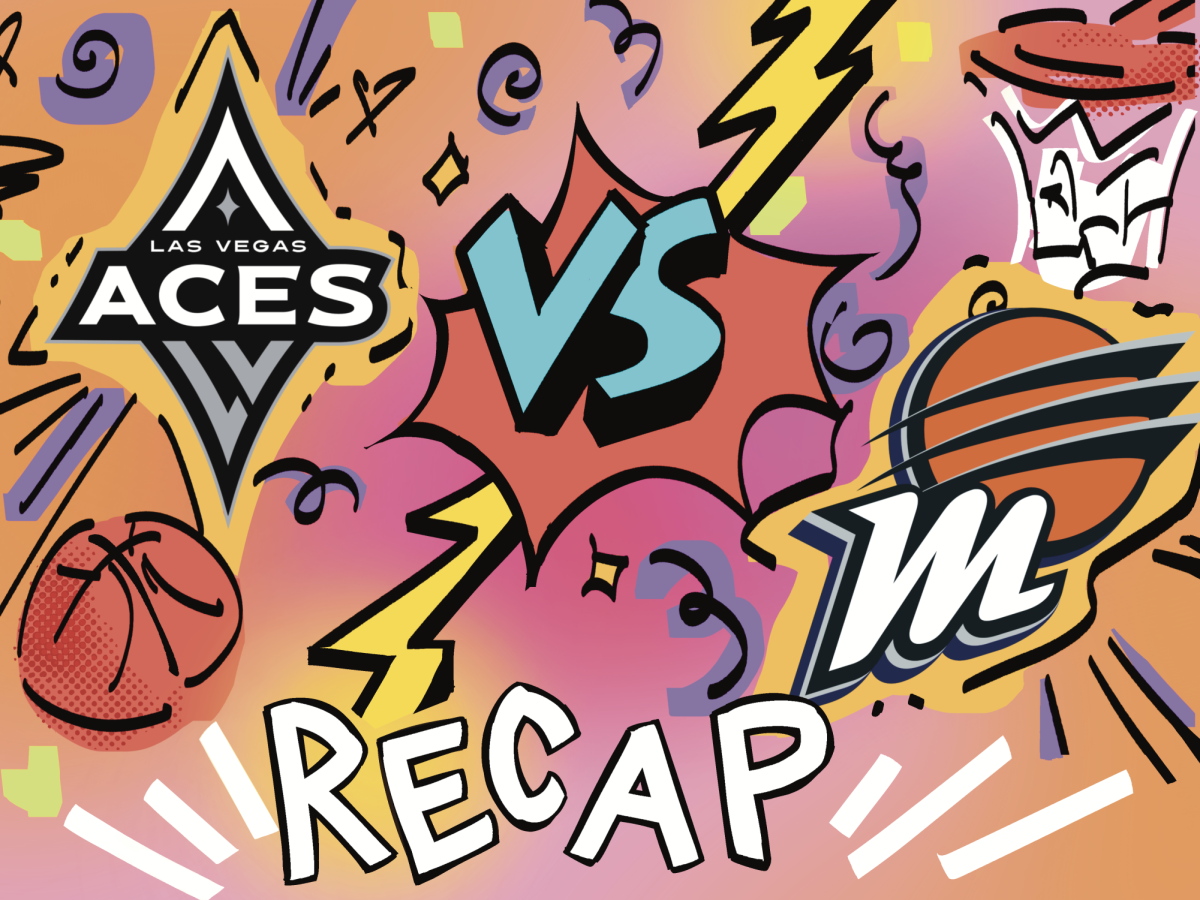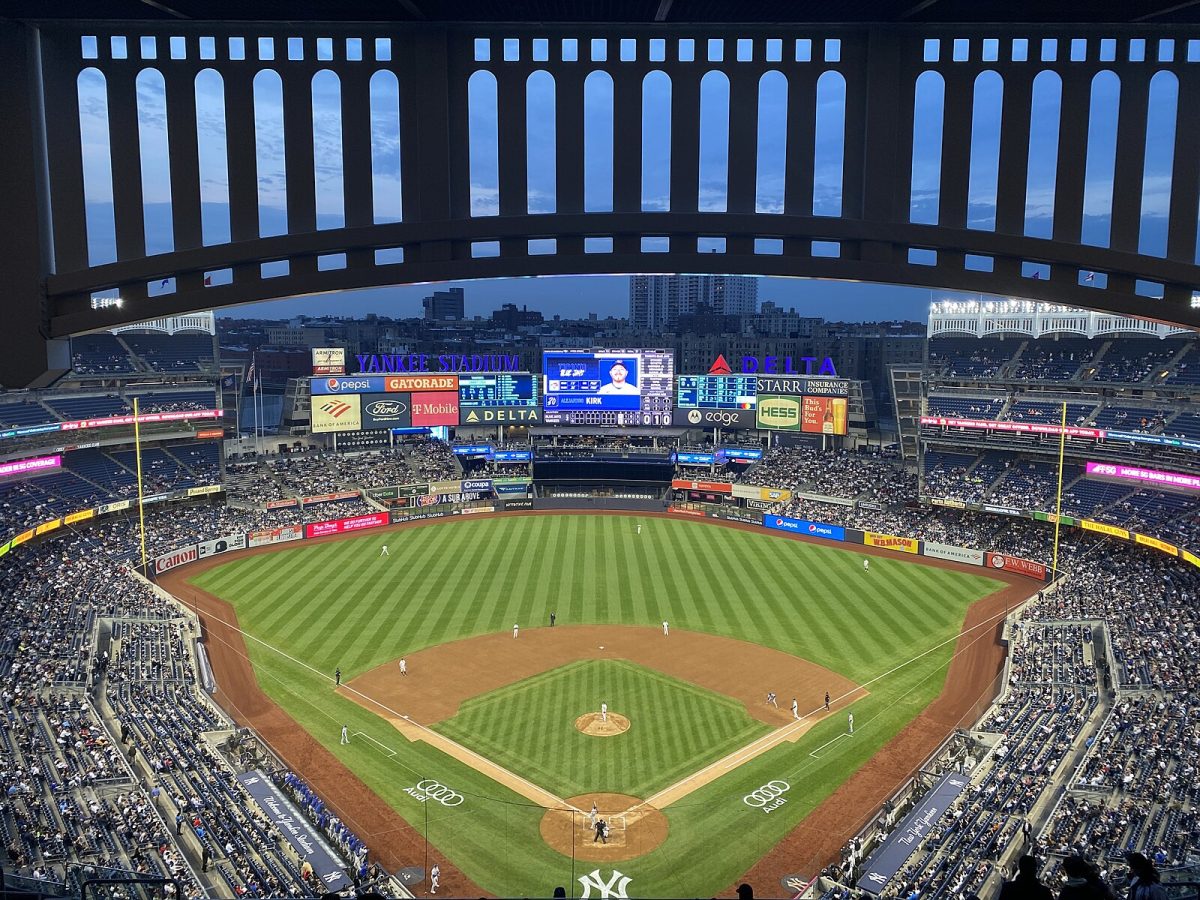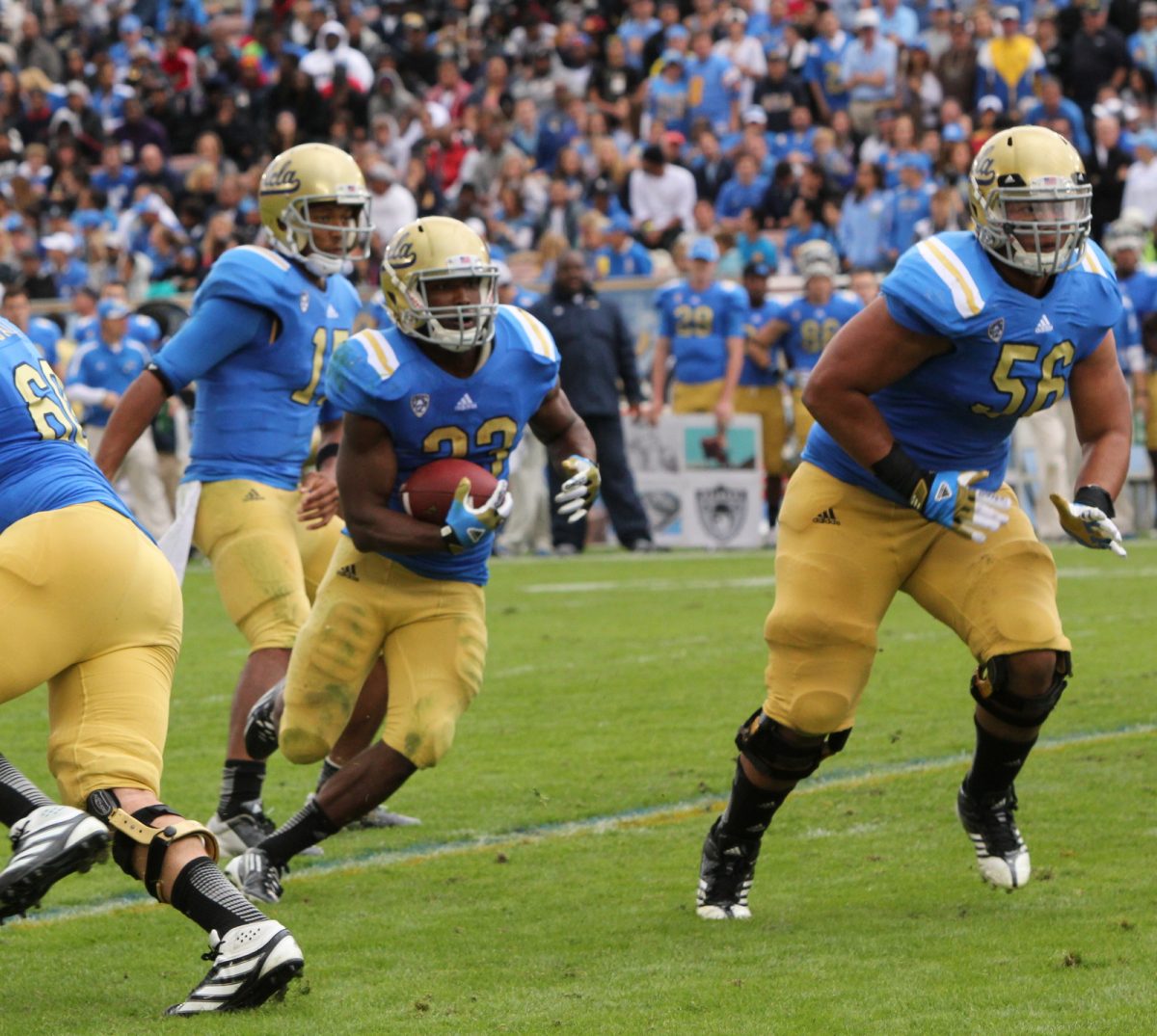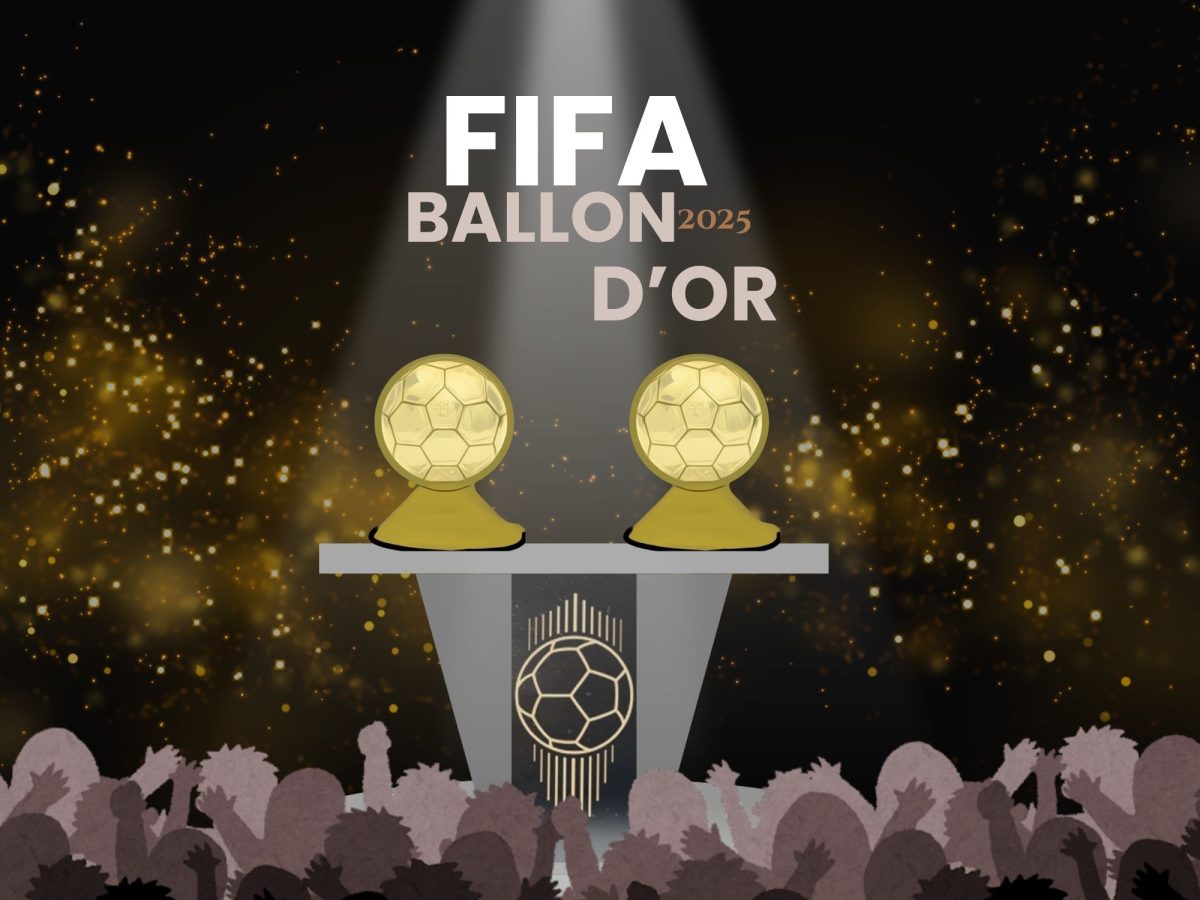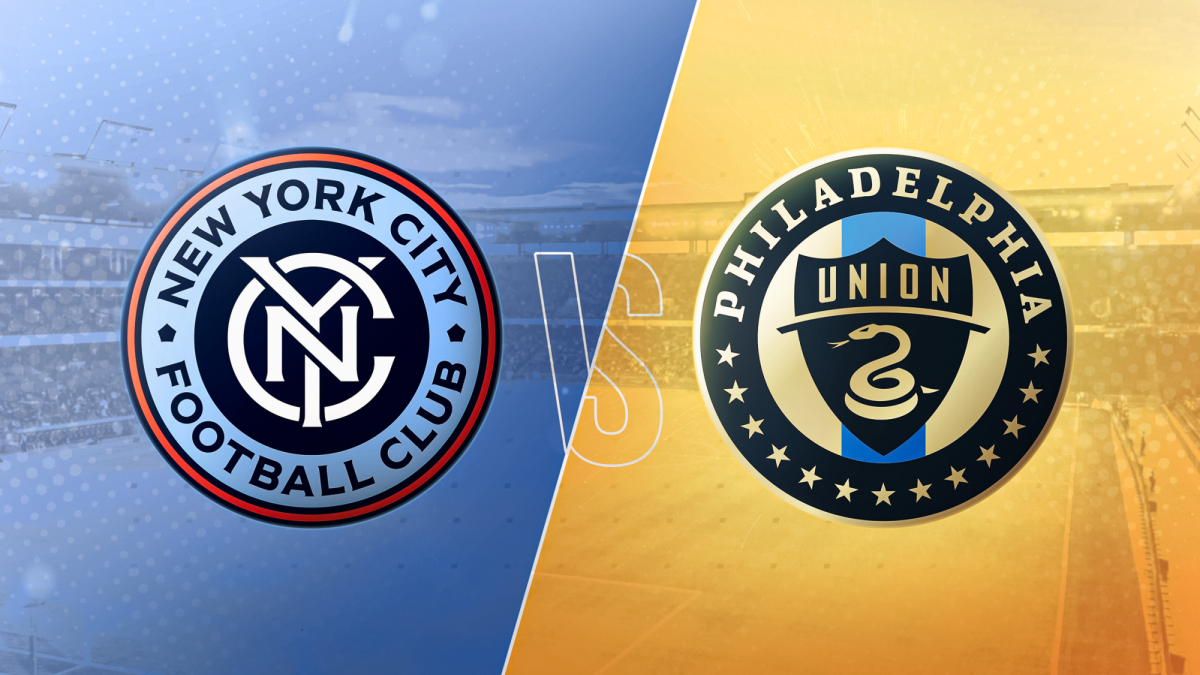With an increased desire to speed up the pace of play, the MLB is currently considering a plethora of rules that would greatly impact the way the game is played.
Among the proposed changes, there are two that seem to be generating discussion among fans.
One of the two stand-out rules is that pitchers would be required to face a minimum of three batters before exiting the game.
The logic behind this change would be to prevent the oft-implemented strategy of bringing in one reliever to face one specific batter before lifting him from the game, therefore cutting out two separate commercial breaks — one as he enters the game and one as he leaves it — for that one at-bat. On paper, the proposal seems to make sense but this would change the entire landscape of the league.
The argument against this rule change is that it would eliminate jobs. Brad Boxberger, for example, is a reliever who thrives against right-handed hitters and struggles against lefties. His career up until this point has been defined by his ability to get righties out. Implementing this rule would essentially put him and countless other specialists out of a job.
Another argument against it is that teams should not be restricted as to how they implement the players on their roster. Approaches to free agency would have looked vastly different if this rule had been in place earlier.
For example, the Yankees may not have bulked up on relievers and instead focused their finances elsewhere. The Red Sox, meanwhile, did little to improve their already lackluster bullpen and may now be rewarded for inaction.
The other proposed and debated rule is one that has been vehemently debated for decades. In fact, it may be one of the most divisive topics in all of sports: the designated hitter rule.
Since 1973, fans have argued over the designated hitter. Some believe that pitchers should have to bat like Babe Ruth did, while others believe it basically amounts to a free out for the opposing team.
Critics of the DH also believe that it eliminates all of the managerial strategy involved in pinch hitting late in games and bullpen shuffling to accommodate the pitcher’s spot in the order. Proponents of the DH say that it lengthens careers and helps protect the health of pitchers.
Decades ago, the MLB decided to compromise by giving the American League a DH, while the National League still has pitchers bat. This worked out well for awhile, but the increased frequency of interleague play and the World Series has complicated things.
The teams abide by whichever league the home team is a part of, but this always puts the AL team at a disadvantage whenever it has to play in an NL park.
Not only do the team’s inexperienced pitchers need to bat and risk injury, but its DHs have to either play the field or not play at all. This inevitably hurts teams whose best hitters are their DHs and cuts down the length of many careers, such as those of David Ortiz, Edgar Martinez and Barry Bonds.
The NL teams get to have their pitchers, who are more experienced in the batter’s box, hit when they are at home and get an extra hitter from their bench in the DH spot when they play at an AL park.
This clearly gives the upper hand to the NL team during any scenario where the two leagues have to play each other and can have serious ramifications on the World Series as a whole. This is perhaps why the league is now considering adopting a universal DH for both leagues. Much like the aforementioned rule proposal, this move would not be without controversy. Many would argue that the difference between the leagues makes things even more interesting when they play each other.
It’s also one of the many quirks of baseball. The NBA and NHL don’t have different rules for the Western and Eastern conferences. The same goes for the AFC and NFC in the NFL.
Depending on where you stand, the differences between the AL and NL can be seen as a delightful perk of loving baseball or an outdated drawback that needs to be addressed immediately.
Other rule changes that have been brought up are a 20-second pitch clock, the expansion of the roster to 26 men with a maximum of 12 pitchers, draft advantages for winning teams and penalties for losing teams and several more.
The philosophy behind the roster expansion rule and pitch clock is similar to the three-batter minimum: speeding up the game. This appears to be the league’s biggest concern right now, along with tanking, which is reflected in the new draft proposals.
These potential changes have been met with plenty of praise and pushback from players, managers, owners, analysts and fans. As of right now, nothing appears imminent, but all of that could change soon as the MLB and the Players’ Association continue to deliberate.
Baseball aficionados will want to keep up with this story as it continues to unfold because it could very well end up changing aspects of America’s favorite pastime.


